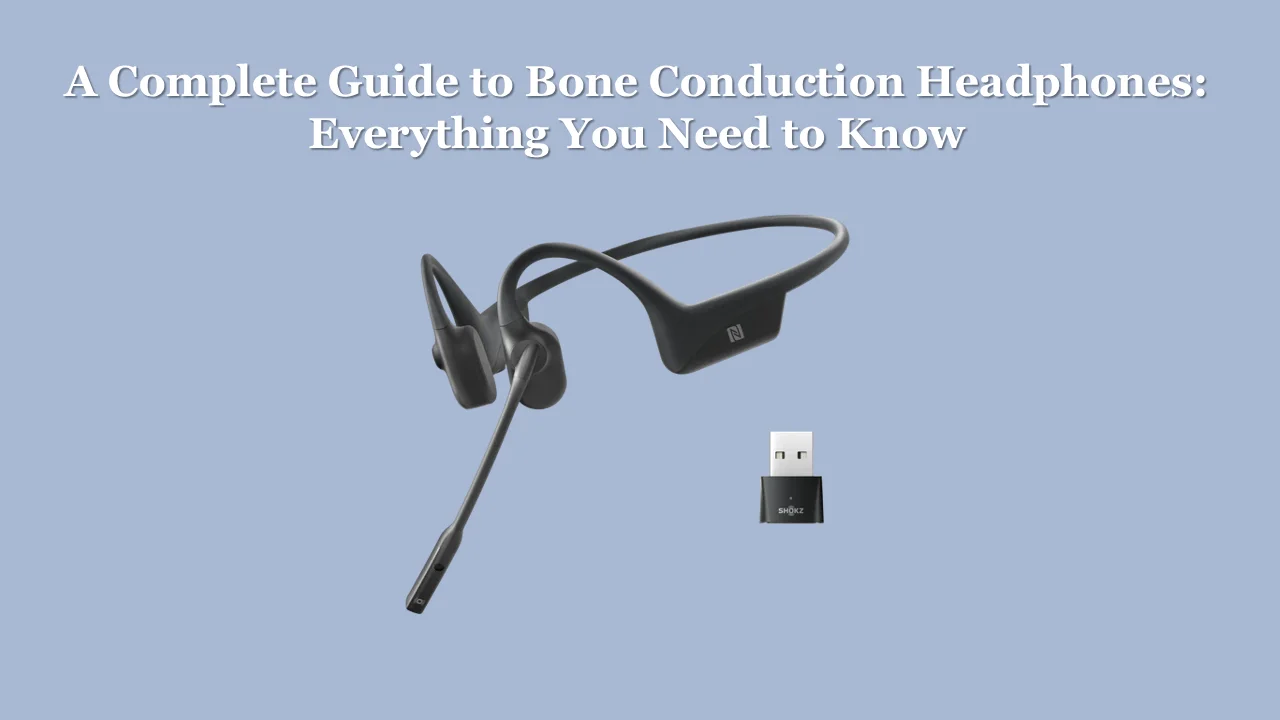
Bone conduction headphones are a new technology that provides a completely new means of hearing sound. Rather than using the old mechanism of sound waves through the air, bone conduction headphones transfer sound waves directly to your skull bones. This circumvents the outer and middle ear so that you can hear sound without cutting out external sound.
Bone conduction headphones also known as open-ear headphones or bonephones are a unique variety of headphones that utilize bone conduction technology to transmit sound by means of vibrations on the bone structure of your head instead of an individual’s ear canal.
This technology has various applications including military communication, hearing aids, and entertainment systems. It is also gaining popularity among consumers as a novelty method of playing music or other audio content.
In this article, we’re going to discuss bone conduction headphones in depth – from the way they work to their benefits and drawbacks compared to regular headphones as well as what they might be used for. So let’s get started!
- What are Bone Conduction Headphones?
- How Does A Bone Conduction Headphone Work?
- Working Principle of Bone Conduction Headphones
- History of Bone Conduction Technology
- Advantages of Bone Conduction Headphones
- Do Bone Conduction Headphones Sound Good?
- Disadvantages of Bone Conduction Headphones
- Potential uses for Bone Conduction Headphones
- Tips on Choosing the Right Bone Conduction Headphone
- Frequently Asked Questions
- Final Verdict
What are Bone Conduction Headphones?
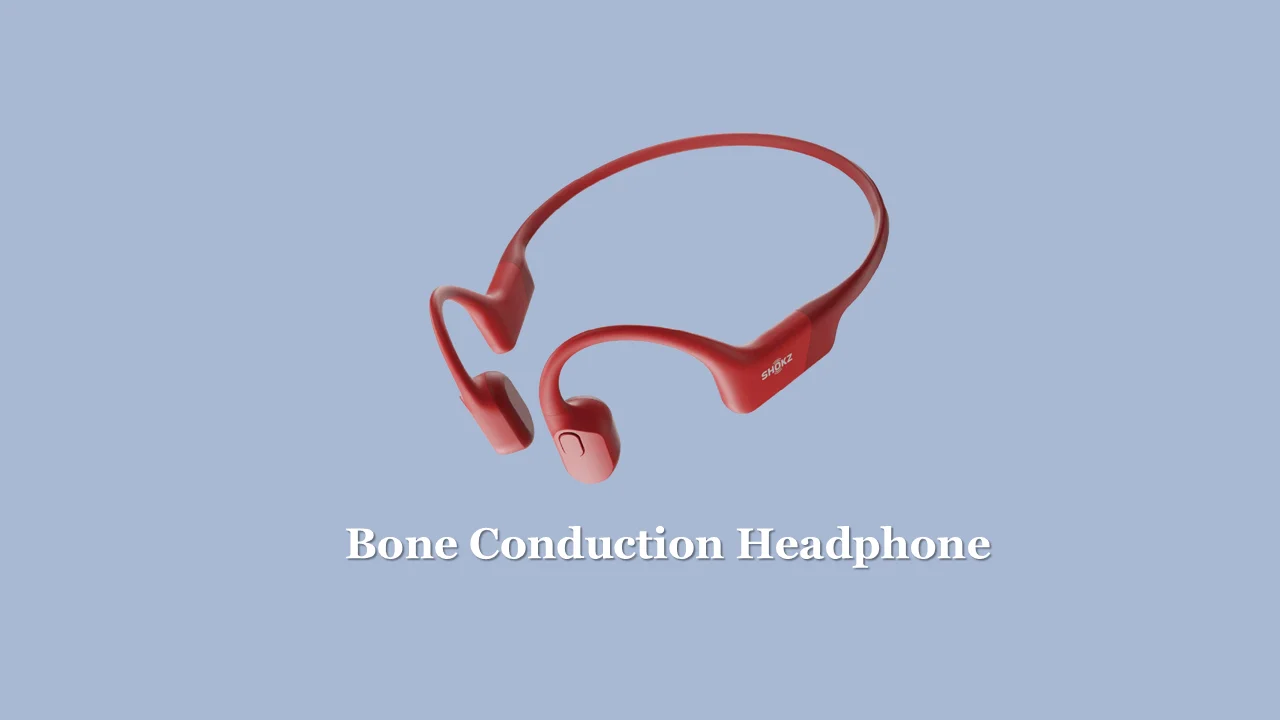
A bone conduction headphone is a type of headphone that transmits sound vibrations into the bones of your skull directly, bypassing the outer and middle ear.
This allows users to hear audio without blocking out external sounds, making them ideal for situations where it’s important to remain aware of your surroundings.
How Does A Bone Conduction Headphone Work?
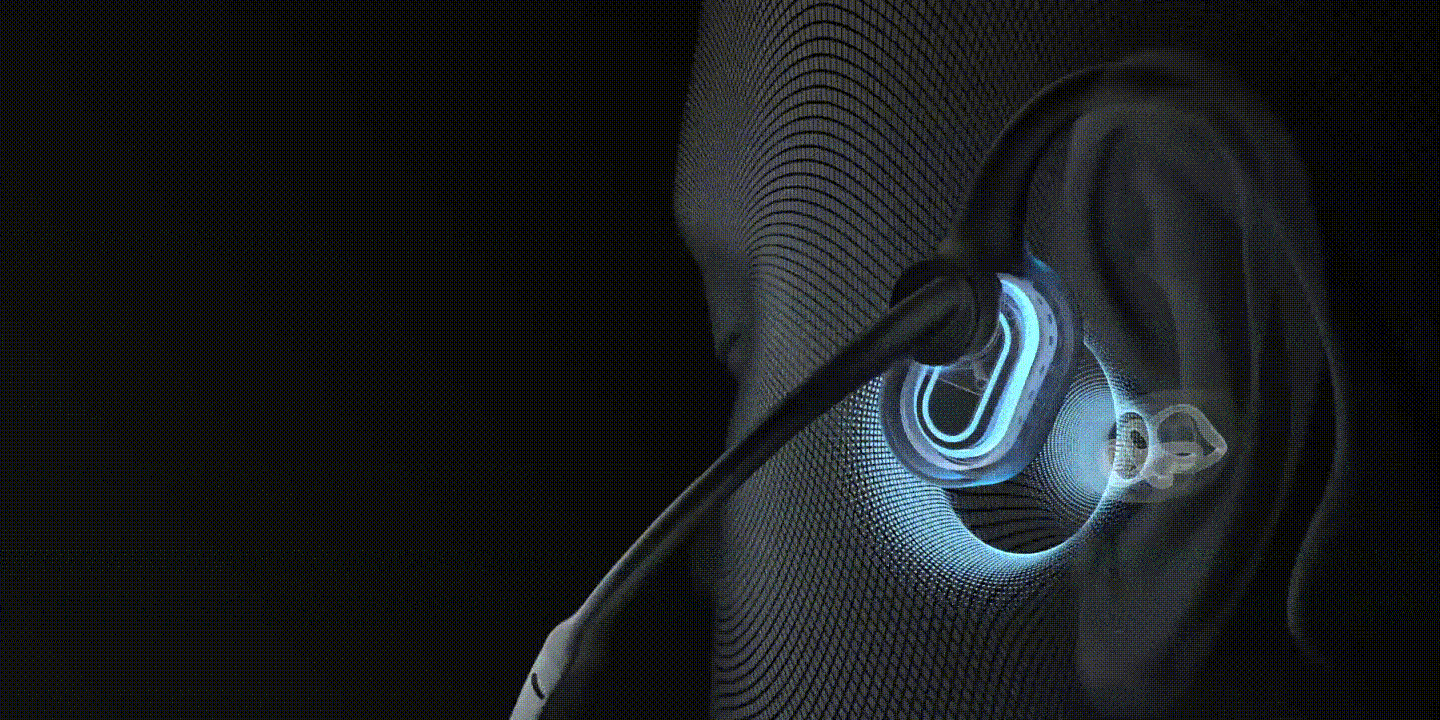
The working of bone conduction headphones is simple. The headphones incorporate bone-conductive transducers that pass on sound vibrations through the bones within your skull rather than using conventional air transmission.
These transducers vibrate or move back and forth when they are exposed to audio signals, passing on sound waves directly to the inner ear via bone conduction routes instead of air-based pathways.
This enables you to listen to audio without cutting off any ambient noise, providing you with the capability to be observant of your environment while continuing to listen to music or other forms of audio content.
Working Principle of Bone Conduction Headphones
Before diving deep into the working principle of Bone Conduction Headphones, let’s first see what sound is and how we usually hear sound.
What is a sound?
A sound is a form of energy generated by vibrating objects (technically just a vibration of particles) and traveling in the form of waves through the air, water, or other mediums such as solids and liquids. The speed of sound is faster in solids, followed by water, then air.

That means our flesh and bones can also conduct sound waves and act as a speaker. In fact, it can be the best conductor of sound. Well, you may be surprised to know that this is one of the ways you hear your own voice and this is also how whales hear.
Try it now, just cover your ears and shout. You will still be able to hear your voice because the vibrations are being conducted.
How do we usually hear a sound?
When we hear the sound, it is transmitted from the source to our ear as sound waves through the air which then travel through the outer ear (pinna) and down the auditory canal to reach our eardrum.
The eardrum vibrates in response to these sound waves, which then travel along three tiny bone structures called ossicles – malleus, incus, and stapes.
These bone structures amplify the vibration, allowing it to be detected by a network of hair cells inside the cochlea which s connected to our auditory nerve. The cochlea converts these vibrations into electrical signals that are sent directly to your brain.
How do we hear sound with Bone Conduction Headphones?
Bone conduction is a way to hear without using your eardrums. The bone conduction devices (such as headphones) sit on the outside of the ear and send vibrations directly to the Cochlea, which are part of your ear that decodes sound waves.
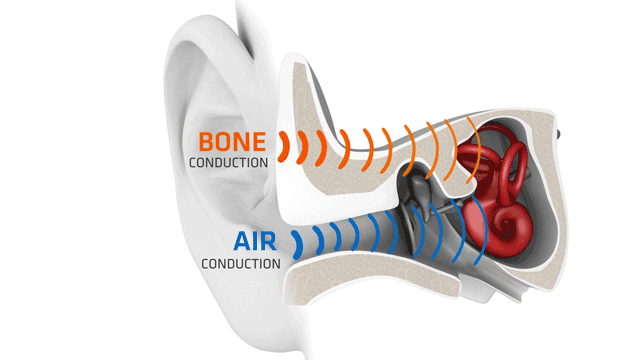
The “sound” reach the ears as vibrations through the listener’s cheekbones or bones (or skull) and skin.
So, what are then the working Principles of a Bone Conduction Headphone?
The working principle of bone conduction headphones is that the sound wave travels in solids and liquids, especially through the bones of our skull instead of relying on traditional air-based pathways or air conduction.
This mechanism bypasses the outer and middle ear entirely while still allowing you to hear the ambient sounds around you without blocking out any external noise.
History of Bone Conduction Technology
The first bone conduction hearing was discovered in the 15th century by Italian physician Girolamo Cardano. He realized that when a rod was placed between someone’s teeth and attached to a musical instrument, the person could hear the music despite their hearing loss.
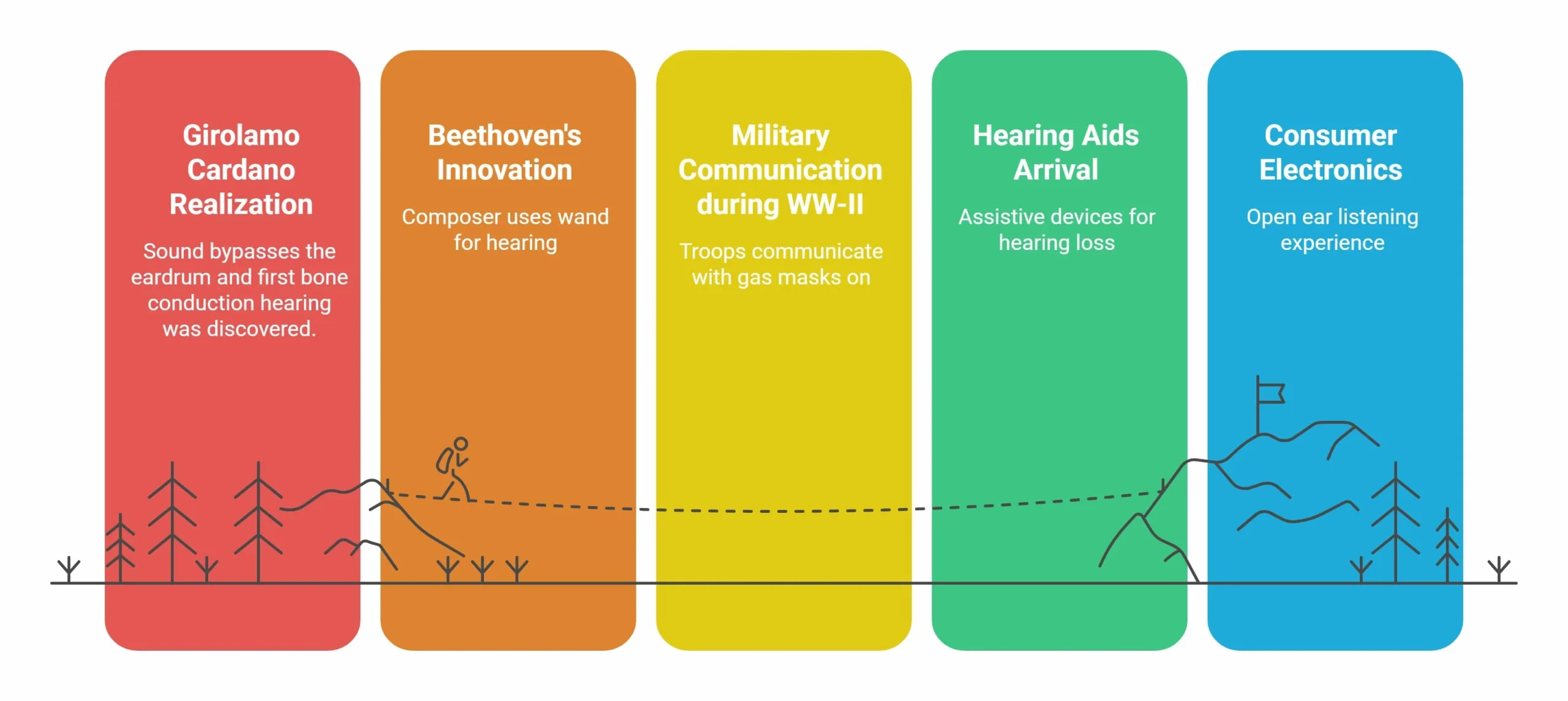
This method was then used by German composer and pianist Ludwig van Beethoven when he started to lose his hearing. By biting his composer’s wand and pressing it against his piano, he could turn the audio waves into physical vibrations. In this manner, he could “hear” and work on his famous pieces of music.

After that, this sound conduction technology was prominently used in the military during World War II. German scientists developed bone conduction headphones so that their soldiers be able to communicate while wearing gas masks, which would otherwise block out sound.
Bone conduction technology was then applied to hearing aids, and eventually to entertainment systems, i.e., headphones. Today, bone conduction has made its way into consumer electronics and can be enjoyed by literally everyone, from athletes to commuters, who want to listen to an audio file and continue to be aware of the outside world.
Advantages of Bone Conduction Headphones
Bone conduction technology has several advantages over traditional headphones.
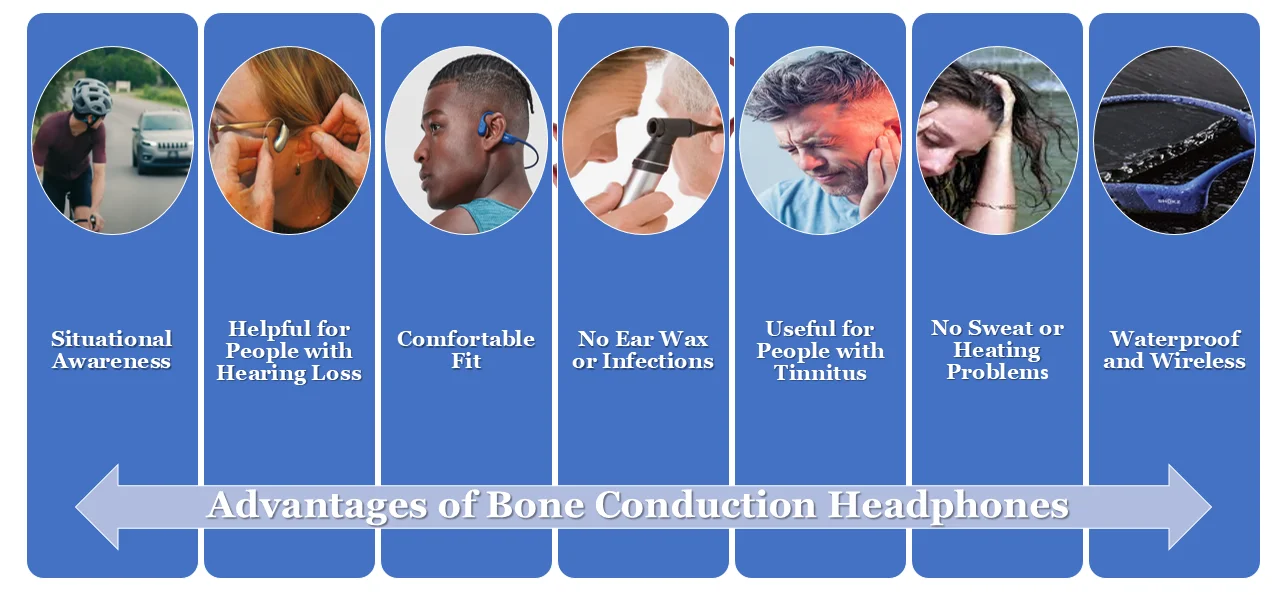
Situational Awareness
As the bone conduction headphones sit on the cheekbone above our ears and do not actually insert anything into our ears canal, they do not totally block out environmental noise, thus allowing the user to identify their surroundings while simultaneously listening to music or other audio.
This is made possible due to the fact that bone is a much better conductor of sound vibrations than air.
This is possible because bone is a much better conductor of sound vibrations than air.
They also allow you to listen to audio content without blocking out external sound because it has an open ear design. This leads to a safer listening experience since you can still identify your surroundings while listening. This is beneficial for individuals who need to be aware and know what is happening around them all the time, like runners or cyclists.
Helpful for people with Hearing loss
Most cases of hearing loss are caused by damage to the eardrums and these Bone conduction devices are a good option for them. It does not use the eardrums, so people with hearing difficulties could hear again if their cochlea is healthy and normal.
Bone conduction headphones can provide more even sound distribution than traditional headphones as the vibrations are conducted directly through the bone structure instead of relying on air-based pathways.
Bone conduction headphones let you hear the sound without using your ears.
This makes them ideal for people with hearing impairments, who benefit from shorter and more direct sound waves traveling directly to their cochlea.
These headphones let you hear the sound without using your ears or more specifically eardrum. If you wear hearing aids, bone conduction headphones can help amplify the sound even more.
The design of this product lets you wear hearing aids and headphones at the same time. This can be really helpful for people who have this type of hearing loss. Usually, it is hard for people with hearing aids to wear regular headphones because the two devices do not work well together.
Comfortable fit
The bone-conduction headphones are often lighter and more comfortable than traditional models, making them easier to wear for long periods of time without discomfort or fatigue.
Bone conduction headphones seamlessly hug your skull and come in a variety of convenient shapes and look similar to a pair of glasses or a headband. Not only are they comfortable to wear, but also secure enough so that you won’t have to continually adjust them – no matter how long you’ve been wearing them!
No Ear Wax or infections
Our ears are prone to wax and infections which can be uncomfortable and painful. If you are someone who gets infections easily or has trouble cleaning their ears, this can be a good thing for you.
Using bone conduction technology, you don’t have to worry about this because the sound waves never actually enter your ear canal.
Since bone conduction headphones do not rely on air-based pathways, they also reduce the risk of ear infections caused by moisture or dirt getting stuck in the earbuds.
Useful for People with Tinnitus
Tinnitus is a condition in which people hear ringing or buzzing sounds in their ears even when no sound is present. People with tinnitus can find bone-conduction headphones to be very helpful since they do not plug directly into the ear and instead transmit sound through bone conduction, thus minimizing further damage to the sensitive structure of the inner ear.
This means that you cannot turn up the bone conduction headphones to full volume and expect your tinnitus to go away, but they can still be helpful for managing the condition.
No sweat or heating problems
Bone conduction headphones are very sweat-resistant, which is great for people who exercise or work out. They also don’t get hot due to bone conduction technology.
This means that you won’t have to worry about your ears getting too warm when wearing them for long periods of time.
Waterproof and wireless
Most bone conduction headphones are wireless and waterproof, so you can use them for activities such as swimming or running in the rain without worrying about damaging your device.
Prior to buying, make sure you read through the reviews carefully as some waterproof devices could disappoint with regard to sound quality and durability.
Do Bone Conduction Headphones Sound Good?
Bone conduction headphones are not as good as traditional headphones when it comes to sound quality. However, bone conduction technology is improving every day and new models are becoming increasingly more advanced.
The bone-conduction headphones have a reputation for providing a less immersive experience than regular earbuds because you will be hearing your music along with other competing external noises, and it will not sound as clear.
If you are an audiophile, we recommend you avoid bone conduction headphones.
You can expect the bone-conduction headphones to provide a decent sound quality but don’t expect them to be comparable to a high-end pair of earphones or headphones.
At the end of the day, bone conduction technology is still relatively new and it will continue to evolve as time goes on.
It’s an interesting alternative for people with hearing impairments or those who need an extra boost in sound quality while exercising or running.
Disadvantages of Bone Conduction Headphones
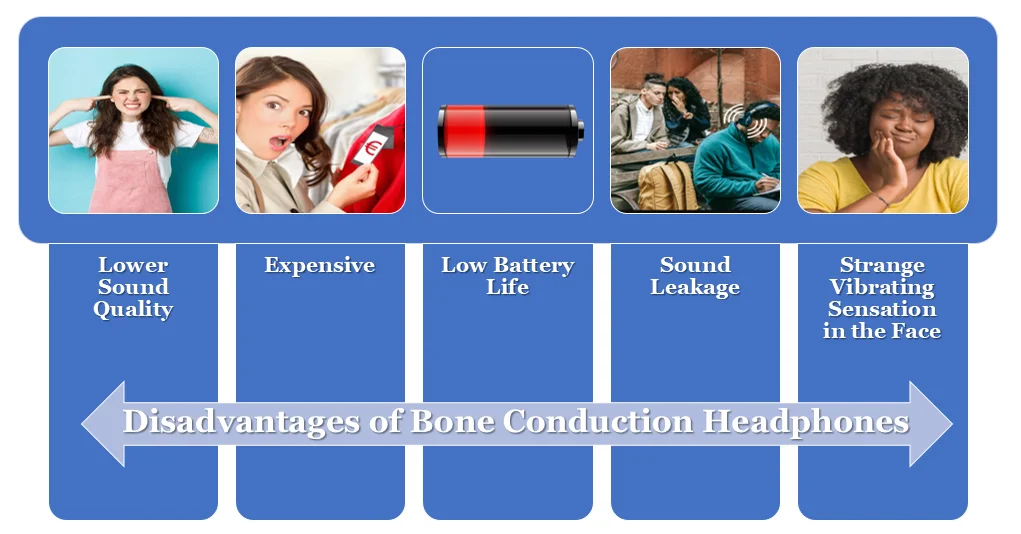
Bone conduction headphones have their own set of disadvantages as well. Some of them are:
- Lower Sound Quality
- Expensive
- Low battery life
- Sound leakage
- Strange vibrating sensation in the face
Lower Sound Quality
For one thing, bone conduction technology is less efficient than traditional air transmission, meaning that bone conduction headphones often have lower sound quality than traditional headphones.
These headphones use bone vibrations to send sound instead of air like other headphones. This means that you cannot hear some sounds as well, such as the bass or treble.
If you want a headphone for audiobooks or podcasts, bone conduction headphones will work just fine. But if you want better quality sound, you should get traditional headphones.
Expensive
Another disadvantage of bone conduction headphones is that they are typically more expensive than traditional headphones. This is because bone conduction technology requires specialized parts and materials, which can add to the cost of the device.
Bone conduction headphones are still relatively new, so the prices may come down as the technology becomes more commonplace. But for now, you can expect to pay more for bone conduction headphones than traditional headphones.
Low battery life
One of the biggest drawbacks of bone conduction headphones is that they have shorter battery life than traditional headphones. This is because bone conduction headphones use more power than traditional headphones.
As a result, you can expect to get about 8-10 hours of battery life from bone conduction headphones, while traditional headphones can last up to 12 hours on a single charge.
Sound leakage
Another downside of bone conduction headphones is that they tend to leak sound more than traditional headphones. This means that people around you can hear what you’re listening to, which can be annoying if you’re in a quiet public place.
The sound leakage is caused by the bone conduction technology itself, so there isn’t much that can be done about it.
Strange vibrating sensation in the face
Finally, another disadvantage of bone conduction headphones is that they tend to generate a strange vibrating sensation on your face when used at high volumes. This happens because bone conduction works by sending sound through bone vibrations, and these vibrations can be felt on the skin.
This sensation can get uncomfortable after a while, so it’s best to keep the volume low or use an additional pair of earbuds for extra sound isolation.
Potential uses for Bone Conduction Headphones
Bone-conduction headphones can be used in a wide variety of applications.
These devices are useful for instances in which it is important to have situational awareness, but still enjoy audio content – for example, such as when exercising or working outdoors (for example, walking, jogging, cycling, outdoors).
They are also useful for swimming and underwater activities, as sound travels through the bones of the skull, so they work the same underwater as they do outside!
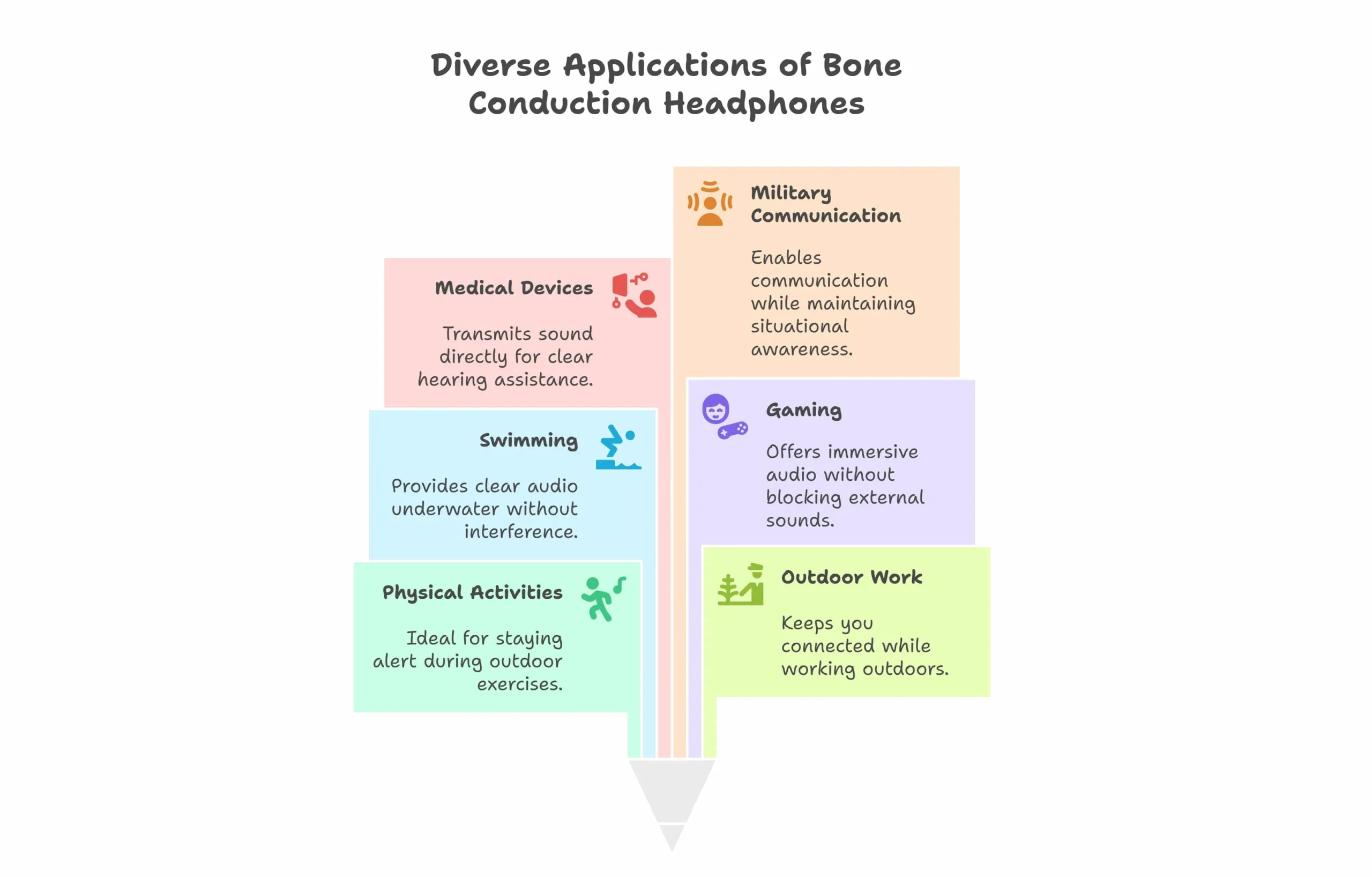
In addition, bone conduction technology is growing in popularity with gamers because it provides clear audio while simultaneously allowing for external acoustics as well.
Also, various bone conduction technologies are being utilized in hearing aids and medical devices that help with communication since they can send sound waves directly into your inner ear (without blocking out the outside noise).
Bone conduction headphones also have significant applications in military communication and surveillance, as they allow soldiers to communicate and still maintain situational awareness.
Overall, bone conduction headphones can be beneficial to get clear audio and still be aware of the environment or surroundings. Yes, there could be some disadvantages of bone conduction technology vs a conventional headphone, however, those disadvantages should be negligible over time as these technologies further develop and evolve.
Tips on Choosing the Right Bone Conduction Headphone
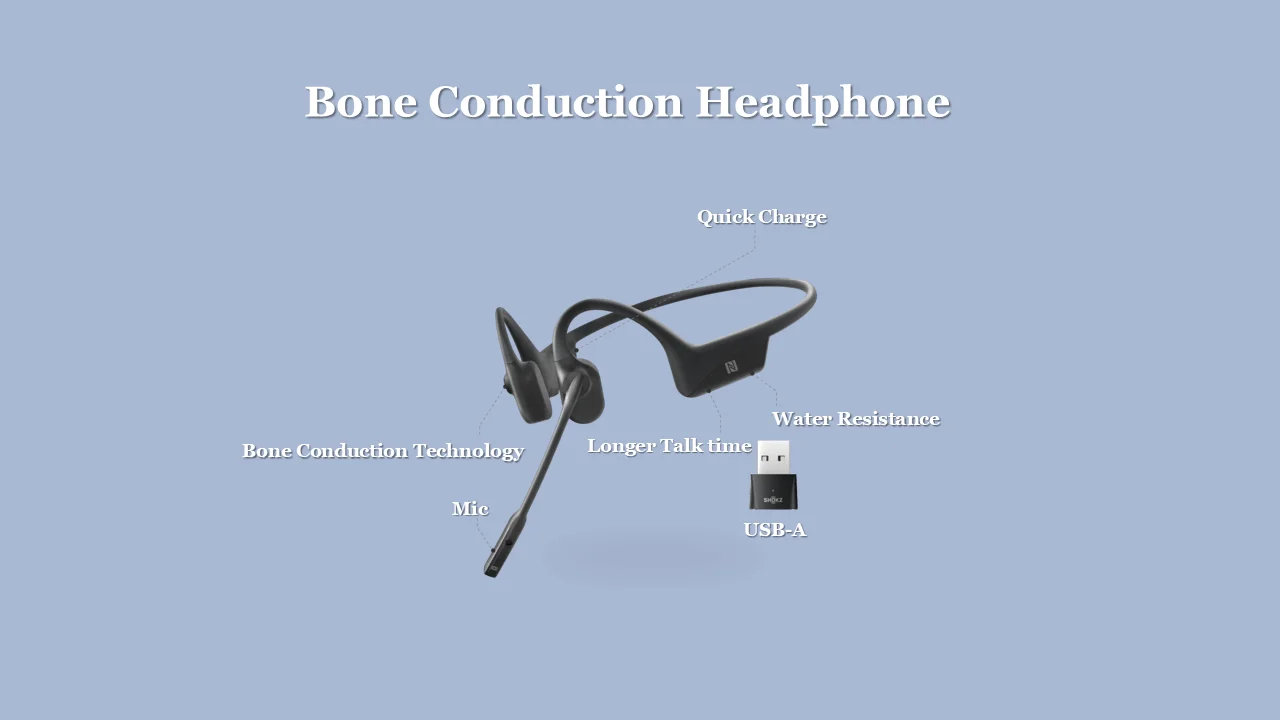
When shopping for bone conduction headphones, it’s important to consider a few key factors.
First, you should think about the type of activities in which you plan to use your bone conduction headphones. This will help determine which features are most important to you – such as battery life or sound quality.
Make sure to also check out the product reviews to get an idea of how other users have found the bone conduction headphone. Additionally, if possible, try out a few different models before making your final decision to make sure that you get the best one for your needs.
Make sure to factor in the cost of bone conduction headphones when comparing them with traditional headphones. Although bone conduction headphones tend to be more expensive, they offer some unique features that may make them a better choice in certain situations.
Finally, you need to try out bone conduction headphones before you make a final decision since comfort and fit are also important factors to consider.
By following these tips and doing your research, you can find the perfect bone conduction headphone for your needs and budget. With the right bone conduction headset, you can enjoy clear audio and remain aware of your surroundings at all times!
Frequently Asked Questions
Final Verdict
Finally, one can conclude that the technology of bone conduction headphones is revolutionary and it may offer a remarkable sound quality in any application like the military communication, hearing aids and entertainment systems.
They are also extremely waterproof and sweat proof thus can be worn during rigorous activities of exercising like in running or in swimming.
The latter is an excellent option among the individuals wishing to listen to music or audio without suppressing sounds around them. They give a more natural listening solution and can diminish the danger of hear loss in the long run.
The bone conduction headphones might however not fit everyone since the sound quality is lower than the traditional headphones and the headphones are also expensive.
Size and weight must also be considered before selecting the type of bone conduction headphones to use not forgetting to use them under the advice of the doctor in case of any medical conditions.
I would personally advise you to consider all these advantages and disadvantages before going to acquire a pair of the bone conduction headphones.
Paying further attention to them, one should probably consider that bone conduction headphones can become a good supplement to any audio collection!

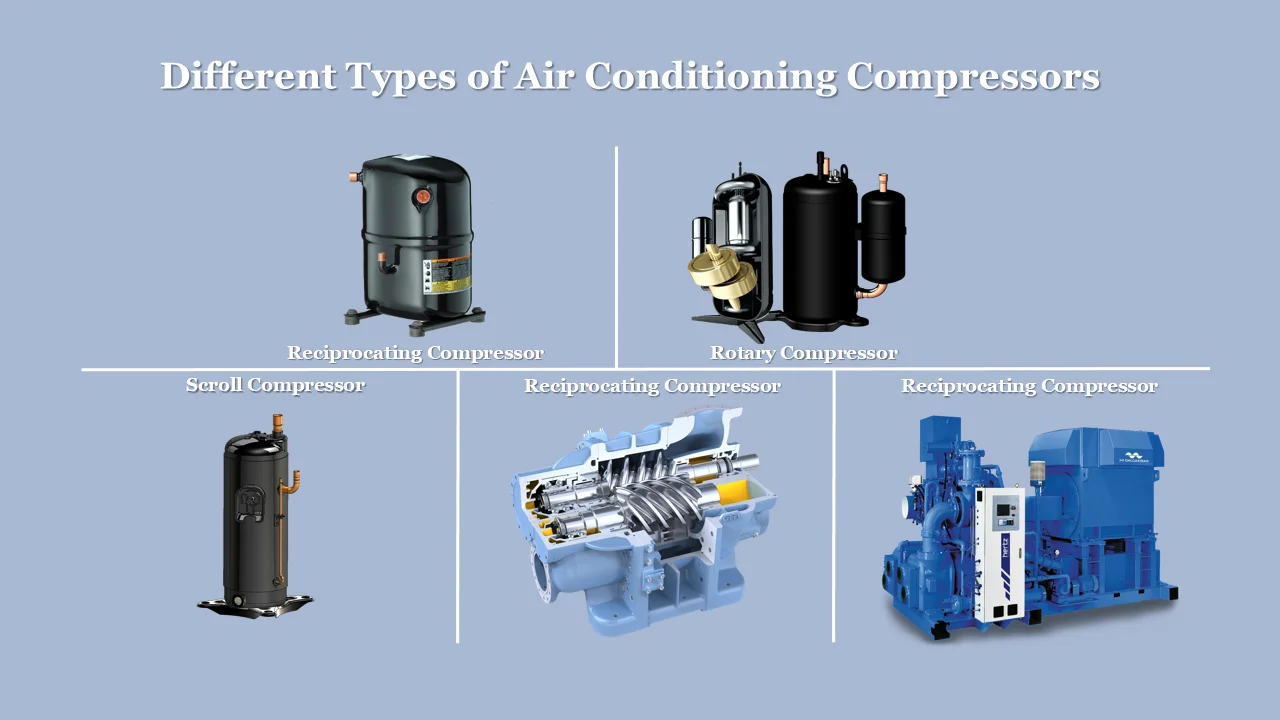






[…] headphones usually exhibit modest amounts of sound leakage, there are a few factors that can change how much of your sound is picked up by individuals nearby. These factors […]